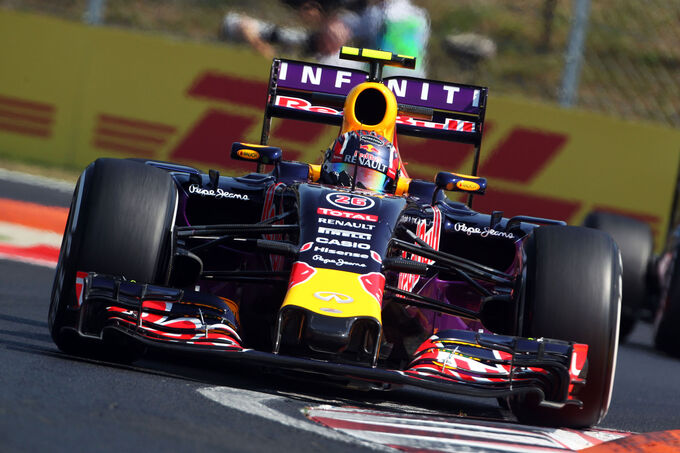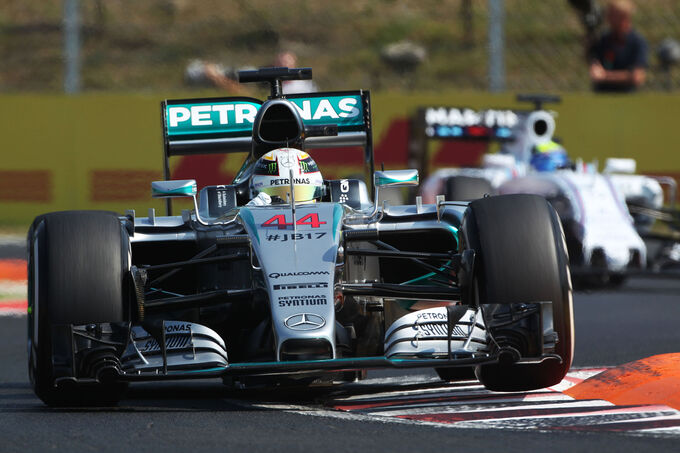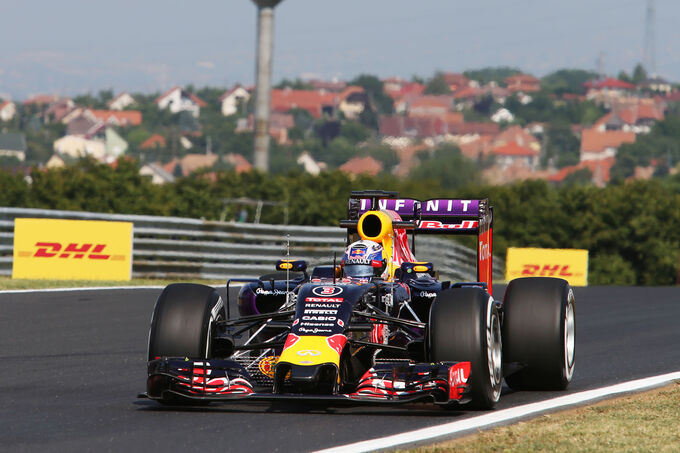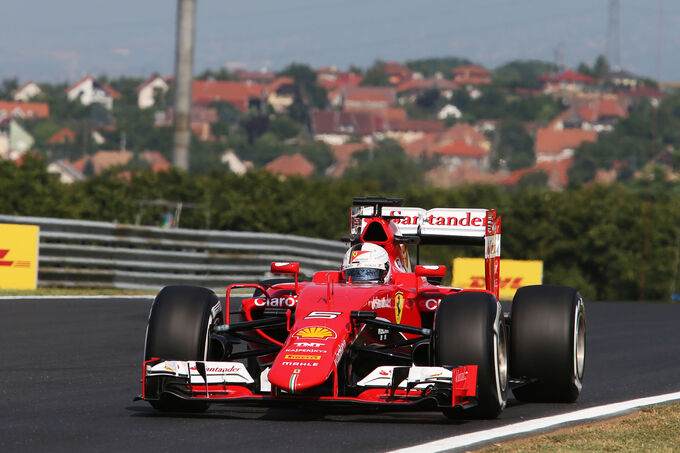FoxHound wrote:Q3 is the outright performance of the car.
Err... No. It is
only the outright performance of a given set-up. You know,
parc ferme? So if the car is set-up with the race in mind (which they are!), it is always running certain compromises, even in Q3.
If you want to ignore how much the ability of a driver and what he can get out of a given car/set-up and simply assume the best driver of each car has done the best possible achievable, fair enough, but then lets also ignore that Rosberg in the same Mercedes was nowhere (relatively speaking). Thank god for Hamilton to widen our perspective.

FoxHound wrote:Why would Red Bull make it's profile so large if they weren't gunning for a higher configuration of DF throughout the car?
Admittedly, I have no idea and no idea how much of an impact that has on either a.) the performance and - b.) downforce etc.
What I am assuming however is that RedBull are well educated enough to figure out what is the best compromise for their car/drivers to perform well within the boundaries of the car as a whole. Look, I'll make it very easy for you:
You further up noted that...
"I agree Renault are currently lacking here.", essentially agreeing that there
is a performance deficit.
How big that performance deficit is, is anyone's guess, but it is there. If we reduce the sample to a very simplistic track like I illustrated further up that includes a long straight and a few downforce corners - two identical cars with one running normally (X) and the other with a performance deficit (Y), the optimal set-up for both to achieve the best possible time will differ. Agree?
Then we also agree that running both cars with identical set-ups will see the car with the performance deficit (Y) be slower (because it'll be losing out on the straights where performance is key). This setup will achieve a time of
N.
Trading off downforce for more straight line speed (less drag) will result in a slightly quicker time because the straight is a crucial part of A to B. This particular setup will achieve a time of
N-x
What I feel you are doing is then looking at that car with that set-up, which is identical to car X in every way except for the power deficit, narrowly looking at the two downforce corners and concluding that the chassis and aero of car X must be better than car Y on the premise because it is quicker through those downforce specific corners. However, X and Y are identical, just with different setups to achieve the best possible time given their setup.
In reality, I think RedBull and Mercedes aren't that far apart (if they'd be running equal PUs and therefore similar setups), but because of the PU deficit, it is exaggerating the effect we are seeing. In other words, you are only looking at the 'effect' without bearing the influence of the 'cause'. How big that 'cause' is (the PU deficit), again, is anyones guess, but it'd be immature to ignore it or think it has absolutely no effect on the chassis and aero of the car.
This leads to what we are seeing: on downforce circuits; RedBull is closer. On power focused circuits, they are farther. Make no mistake however; Even if Hungary is a downforce circuit doesn't mean RedBull can run their car without any compromises or trade-offs vs a car with more power! There is always a trade-off of some sort, for all cars (because we don't have movable/active aero that can change the characteristic of a car between sessions or for particular areas of the track!).









